Invented by Yuanyu HU, Huck Hui Ng, Yock Young DAN, Agency for Science Technology and Research Singapore, National University of Singapore
Traditionally, liver transplantation has been the go-to treatment for end-stage liver diseases. However, the shortage of donor organs and the risk of rejection have led researchers to explore alternative therapies. One promising approach is the use of mature liver cells and hepatic stem cell types.
Mature liver cells, also known as hepatocytes, are responsible for the liver’s essential functions, such as detoxification, metabolism, and protein synthesis. These cells can be derived from various sources, including human liver tissue, induced pluripotent stem cells (iPSCs), and embryonic stem cells (ESCs). The ability to generate hepatocytes from iPSCs and ESCs offers a renewable and potentially limitless source of cells for therapeutic purposes.
Hepatic stem cells, on the other hand, are a type of progenitor cell found in the liver that can differentiate into hepatocytes and other liver cell types. These cells have the potential to regenerate damaged liver tissue and restore liver function. Hepatic stem cells can be isolated from the liver itself or derived from pluripotent stem cells.
The market for mature liver cells and hepatic stem cell types is driven by several factors. Firstly, the increasing prevalence of liver diseases has created a high demand for effective treatments. According to the World Health Organization, liver diseases are responsible for over 2 million deaths each year, making them a significant global health burden.
Secondly, the limitations of current treatment options, such as liver transplantation, have created a need for alternative therapies. The scarcity of donor organs and the risk of rejection make transplantation a challenging and expensive procedure. The use of mature liver cells and hepatic stem cell types offers a potentially safer and more accessible treatment option.
Furthermore, advancements in stem cell research and tissue engineering have paved the way for the development of innovative therapies. Researchers are exploring various approaches, such as cell transplantation, tissue engineering, and gene editing, to enhance the efficacy of mature liver cells and hepatic stem cell types.
The market for mature liver cells and hepatic stem cell types is also supported by favorable regulatory frameworks in many countries. Regulatory agencies, such as the U.S. Food and Drug Administration (FDA) and the European Medicines Agency (EMA), have established guidelines for the development and approval of cell-based therapies. This provides a clear pathway for companies and researchers to bring their products to market.
However, challenges remain in the commercialization of mature liver cells and hepatic stem cell types. The complex nature of liver tissue and the need for precise cell differentiation pose technical hurdles in the production of high-quality cells. Additionally, the cost of manufacturing and scaling up production can be significant barriers for companies.
Despite these challenges, the market for mature liver cells and hepatic stem cell types holds great potential. The demand for effective liver disease treatments, coupled with advancements in stem cell research and supportive regulatory frameworks, creates a favorable environment for growth. As researchers continue to unravel the mysteries of liver regeneration and cell-based therapies, we can expect further advancements in this field and improved outcomes for patients with liver diseases.
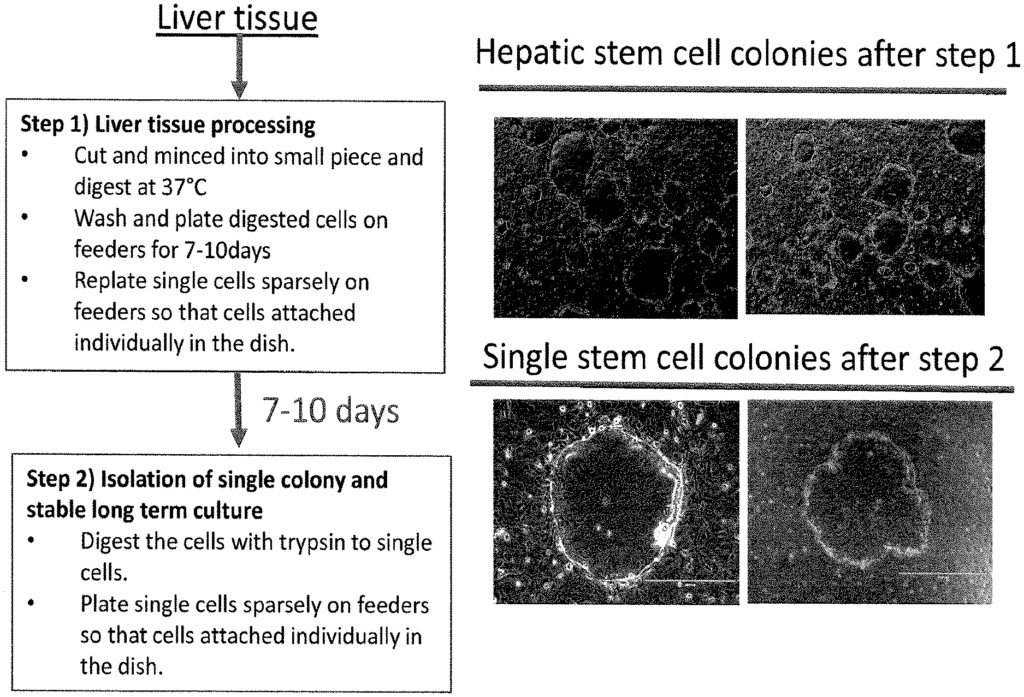
The Agency for Science Technology and Research Singapore, National University of Singapore invention works as follows
This application describes differentiated hepatocytes and cholangiocytes and 3D cell structures derived from liver stem cells. The methods for producing LSC, mature differentiated hepatocytes, and cholangiocytes are described. Cell culture media and systems are also provided for the production of a homogenous liver stem cell population that remains in an undifferentiated condition over multiple passages. The LSCs and methods can be used to produce homogenous populations hepatocytes or cholangiocytes that are suitable for downstream applications. The LSC is able to be implanted in subjects for liver disease.
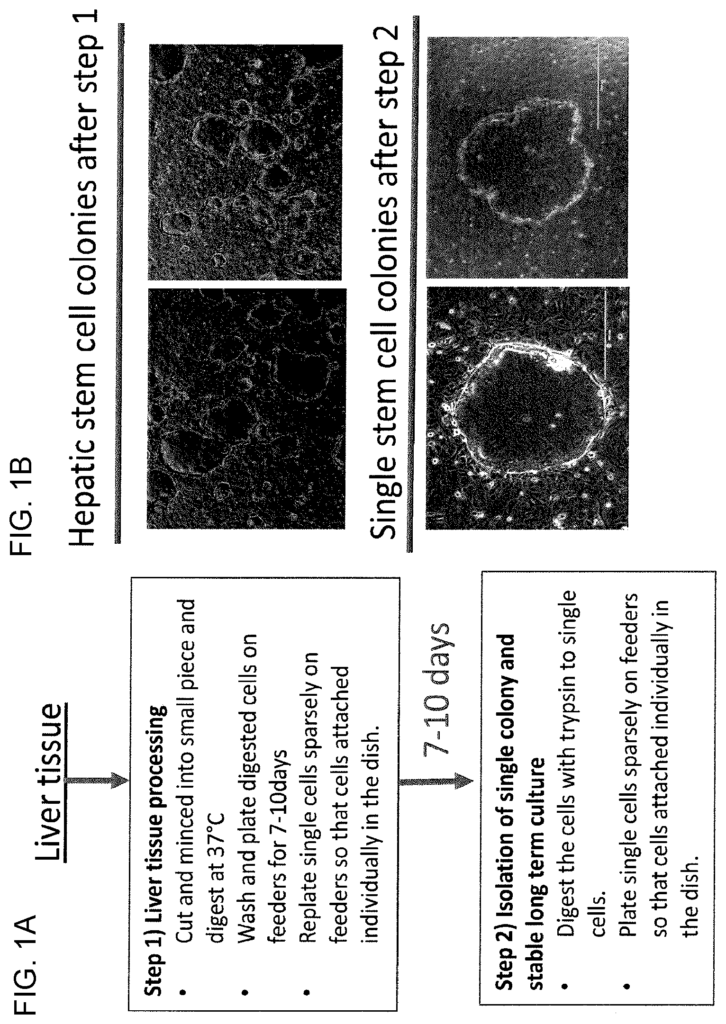
Background for Derivation and use of mature liver cells and hepatic stem cell types
A Need for Self Renewable Sources of Mature Hepatocytes”.
Structure of Cell Types and Structure in an Adult Liver”.
Functional Cholangiocytes and Hepatocytes
Multiple Regenerative Cell Sources in the Liver
The Liver Stem Cell Culture System
Differentiated Hepatocytes
Differentiated Cholangiocytes
EXAMPLES
Example 1
Isolation of human liver stem cells and long-term culture
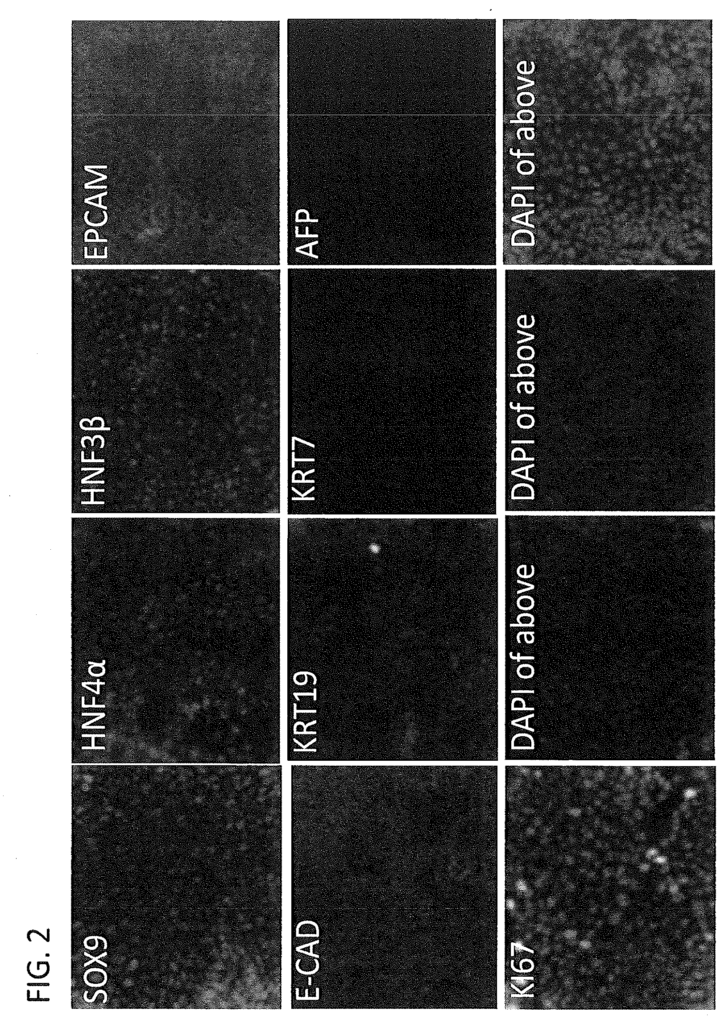
Materials & Methods:
Results:
Example 2
Isolation of mouse liver stem cells and their long-term culture
Example 3
Differentiation between Liver Stem cells and Hepatocytes
2D Hepatocyte Difference
3D Hepatocyte Differenceiation
Hepatocytes Air-Liquid Interface (ALI) Differentiation
Example 4
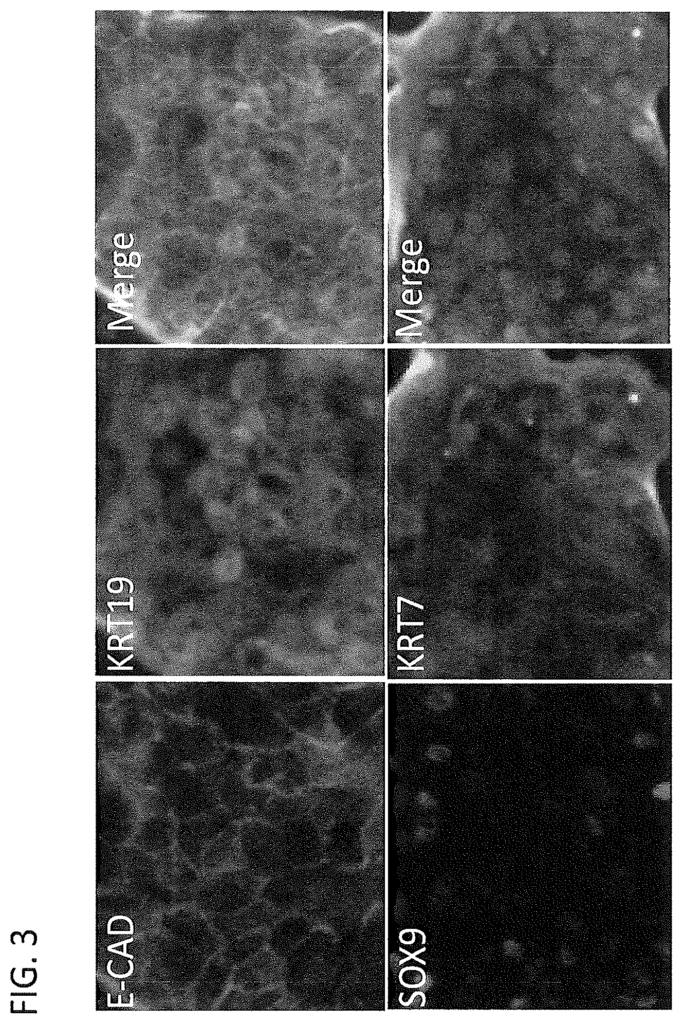
Differentiation between Liver Stem cells and Cholangiocytes
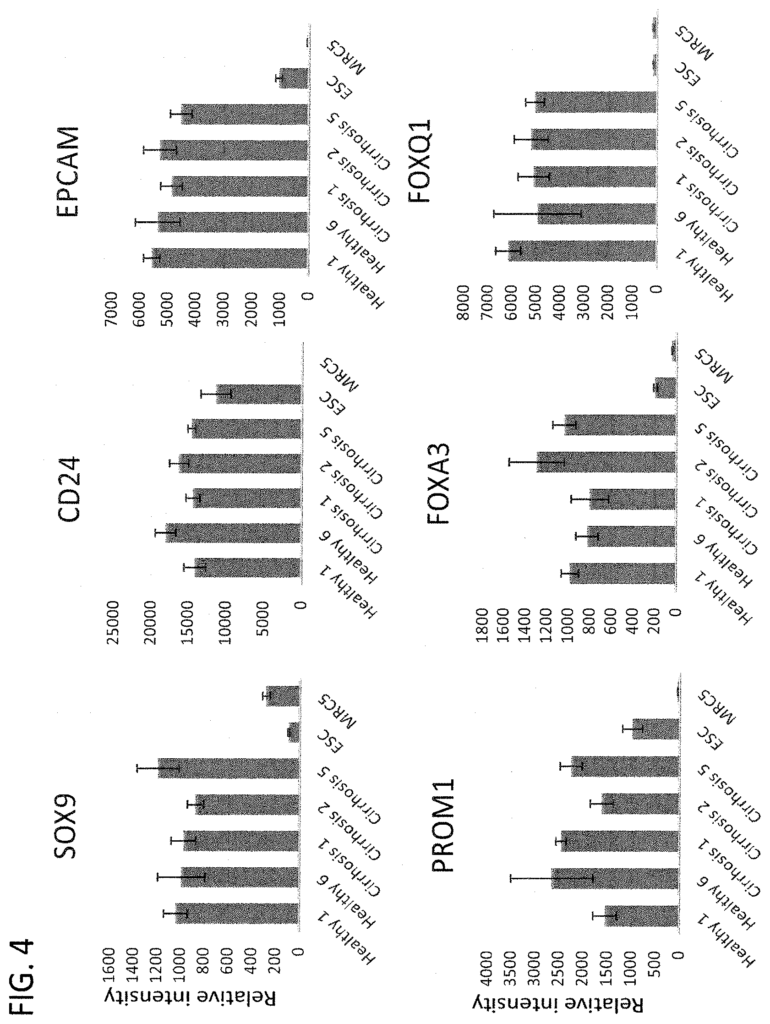
Click here to view the patent on Google Patents.
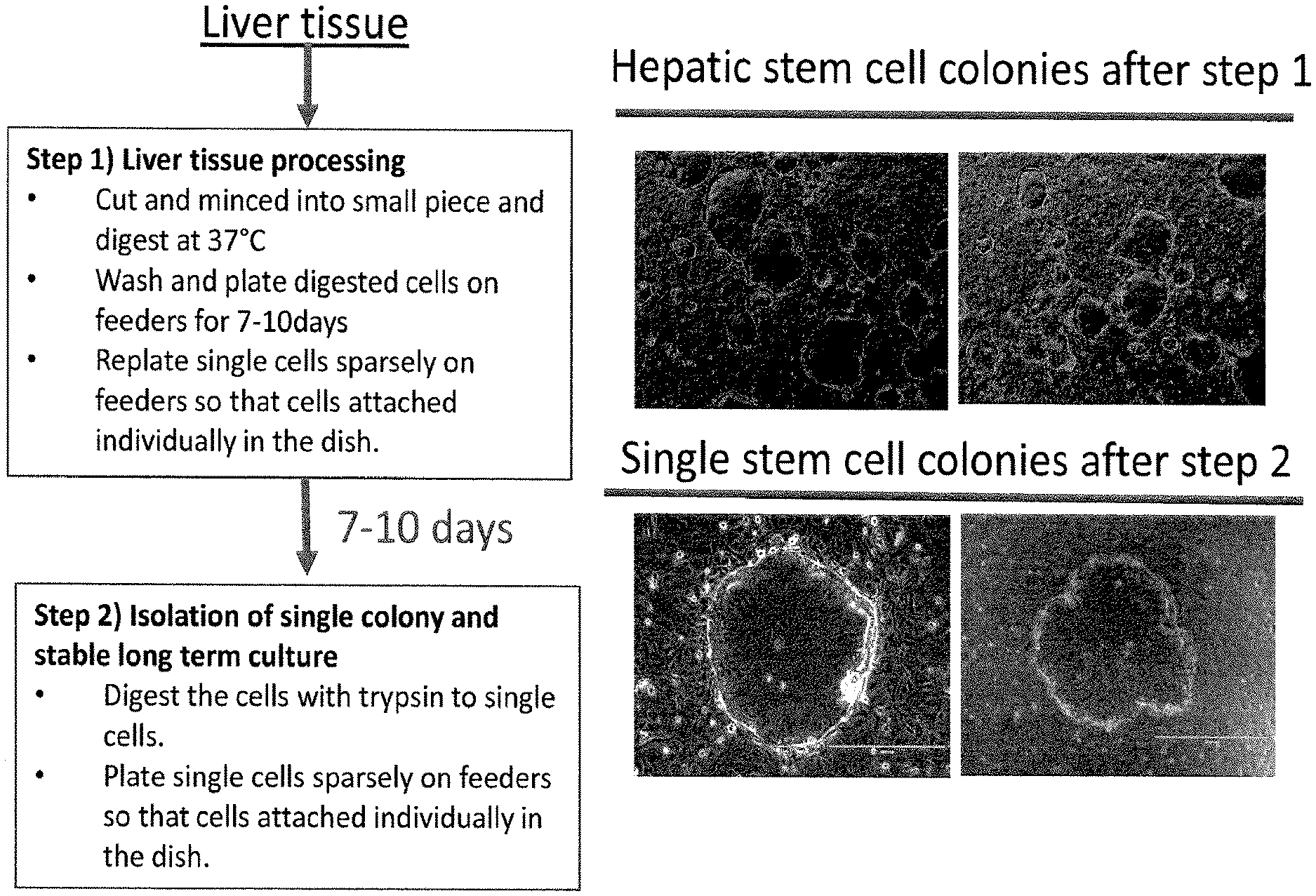
Leave a Reply